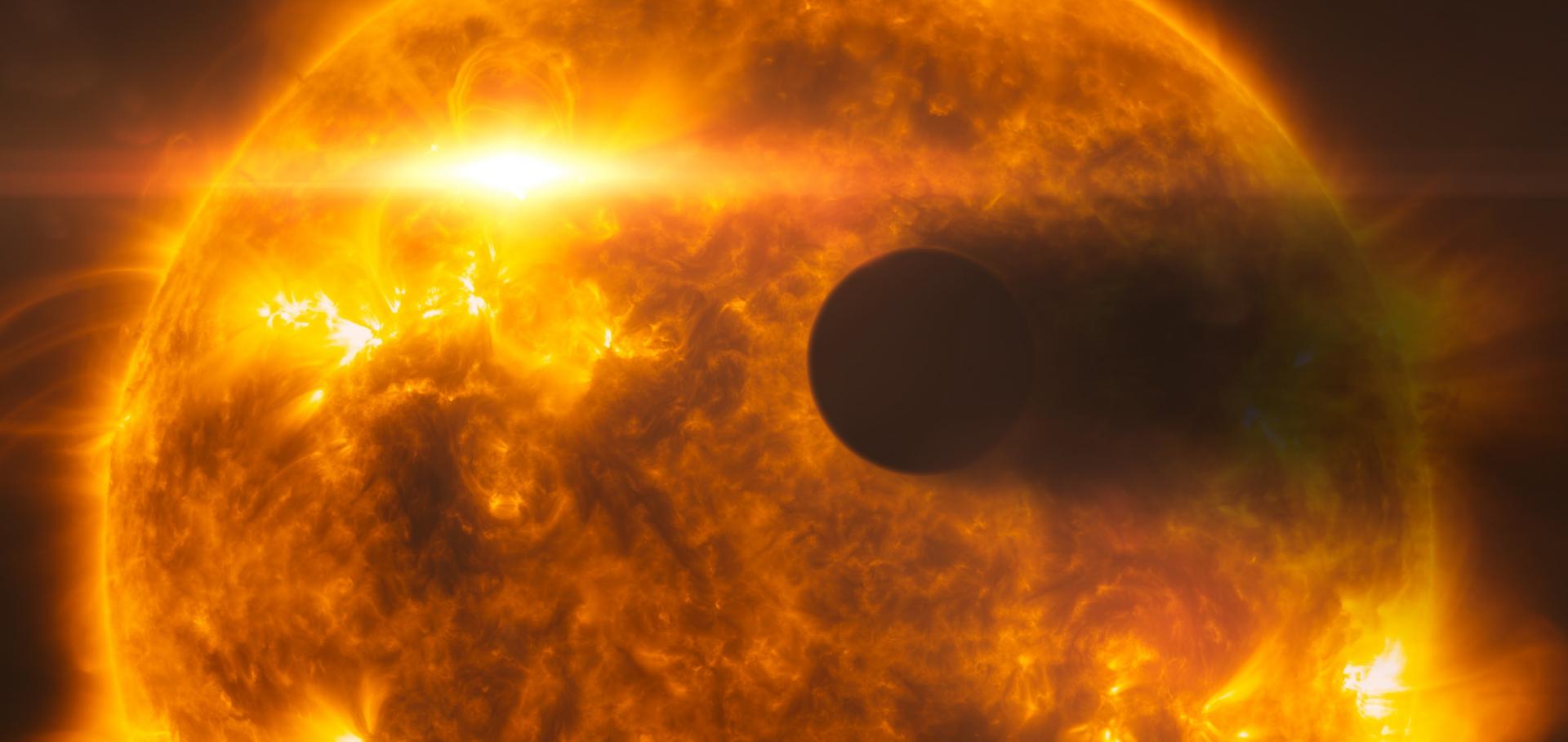Planet Hunters TESS II: Findings from the first two years of TESS
(2020)
III.1 Transit features detected by the CoRoT/Exoplanet Science Team
Chapter in The CoRoT Legacy Book, EDP Sciences (2020) 117-122
Separating planetary reflex Doppler shifts from stellar variability in the wavelength domain
(2020)
How Does Thermal Scattering Shape the Infrared Spectra of Cloudy Exoplanets? A Theoretical Framework and Consequences for Atmospheric Retrievals in the JWST era
(2020)
Pleiades or Not? Resolving the Status of the Lithium-rich M Dwarfs HHJ 339 and HHJ 430
Astronomical Journal American Astronomical Society 160:1 (2020) 30


